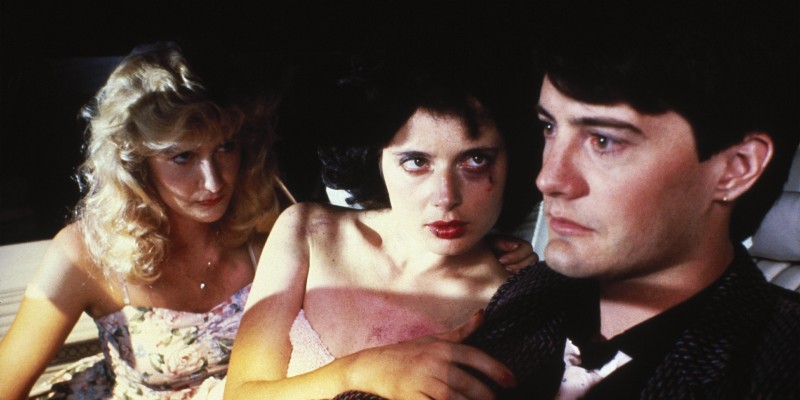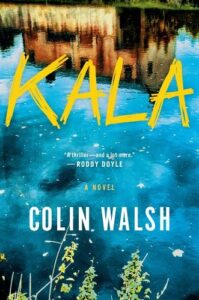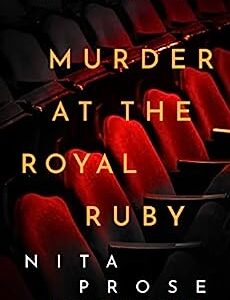There’s a story in the Mahabharata: a young prince wants to become an expert archer, so he begs a guru to train him. Over and over, the prince is rebuffed. Eventually, he builds a clay statue of the guru with his bare hands. Under the gaze of this idol, he begins to study and practice. This is how he teaches himself.
That’s one way in which a writer can find their own book. You collage your influences into a sort of constellation, and this map of symbolic coordinates comes to orient your entire project, allowing you to conjure up the destination to which your writing journey is heading.
At least, that’s how it was for me.
I have no formal training in creative writing. I learned about story, character, voice, etc. from being profoundly affected by certain fictions – novels, short stories, TV series, films – and thinking seriously about the way their effects were achieved. These influences acted as the guiding lights by which I was able to find my debut novel, Kala.
Kala is set in Kinlough, a fictional seaside town in the West of Ireland. The novel tells the story of a group of friends who we follow as teenagers and as adults. As teenagers, we’re following them over the course of the summer of their lives – this heightened period full of thresholds through which they’re feverishly passing: their first love, their first kiss, their first time getting drunk. All that giddy hormonal magic. And at the centre of this group is Kala Lanann, a 15-year-old girl who’s the leader of the group, their emotional core, their heartbeat. But beneath every smiling surface in this tourist town, there’s a broiling darkness that’s constantly threatening to swallow the characters, and over the course of this summer they’re getting closer and closer to that darkness. By the end of the summer, Kala goes missing. 15 years later, three of the surviving members of this original group of teenagers are thrown back together when human remains are found in the woods, and the past and the present begin to dramatically and violently collide.
Kala has many literary influences – the dark teenage thrills of The Secret History; the polyphonic storytelling of A Brief History of Seven Killings; the hazy swelter of The Girls; and the haunted intensities of Cat’s Eye.
However, most of the major influences on Kala are in TV and film. As someone with no background in creative writing, I sometimes feel embarrassed by this. Then I remember something the great Irish writer Kevin Barry once said, “All the great TV shows steal a great deal from the novel, in terms of how they’re structured and put together. I think it’s time for novelists to start stealing things back.”
So here are a few of the works from which I stole:
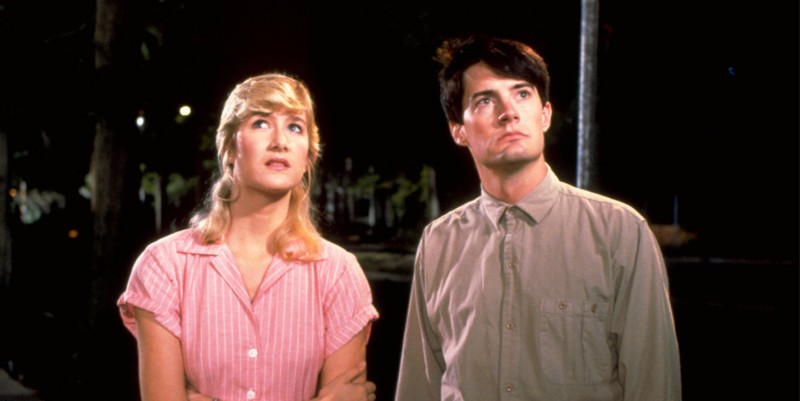
Blue Velvet (1986)
The iconic opening sequence of Blue Velvet provided the thematic motif of the entire book. The film begins with a dreamlike montage of an eerily perfect suburbia. Slowly, as an ominous drone begins to overwhelm the soundtrack, the camera pushes beneath the sunlit surface of the world into the jungle-like grass teeming beneath the idyllic white picket-fence, and we’re plunged into a nightmarish realm of insects orgiastically feasting on one another.
Kala, like Blue Velvet, juxtaposes the dark underbelly of small-town life with the darkness its baby-faced heroes discover within themselves. These are themes that have become synonymous with David Lynch, largely thanks to …
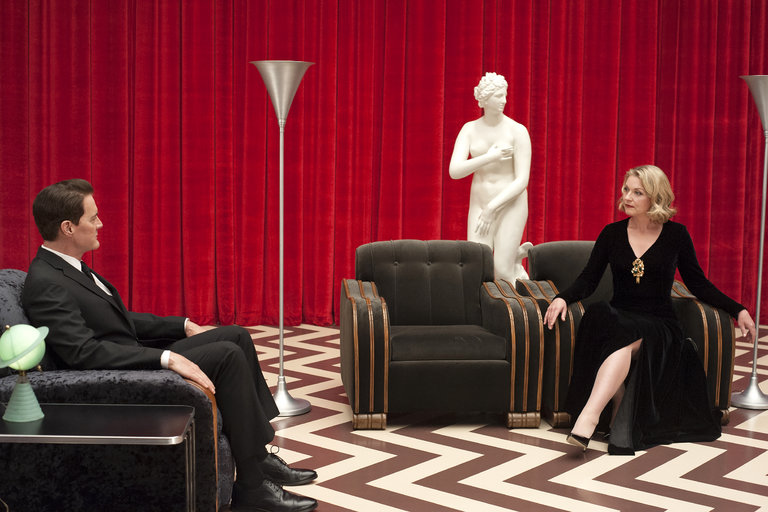
Twin Peaks (1990-1991), Twin Peaks: Fire Walk With Me (1992), and Twin Peaks: The Return (2017)
There are so many ways in which Twin Peaks influenced Kala – but if I had to pick one, it would be the character of Laura Palmer. Amidst many worthwhile and legitimate critiques of some crime fiction in recent years, a number of critics have disingenuously attempted to characterise Laura Palmer as just another example of the ‘dead girl’ trope (as though David Lynch were churning out lurid episodes of CSI). This critique betrays a lack of engagement with the emotional heft and complexity of Laura Palmer herself: I don’t know how anyone could watch Twin Peaks and not feel its maker’s genuine love and grief for her. Laura is a fully-rounded character – a flawed, furious human being who never truly dies (“I am dead,” she says, backwards, “yet I live”), forever returning to haunt the community that was complicit in the horrors of her life and death. This idea of the multidimensional individual being caught in the jaws of a corrupt society is also key to

Chinatown (1974)
Robert Towne’s screenplay is a masterclass. What begins as a small-time private investigation into infidelity gradually reveals an evil whose roots coil from the summits of society down into the most intimate spheres of life.
Chinatown maintains a strictly subjective point-of-view: the film pulses with tension because we only ever know what our protagonist, Jake, knows; there’s always something awful just beyond the frame. When Jake learns something, we learn it; when Jake is knocked out, the film goes blank; when Jake realises just how deep and dark the evil goes, it is a genuinely frightening moment.
While Chinatown is restricted to one point-of-view, Kala has three narrators: Helen, Joe and Mush. In this, I was influenced by the structure of

L.A. Confidential (1997)
One of the most enjoyable things about L.A. Confidential is the manner in which the labyrinthine plot gradually converges into a ferocious crescendo. We follow three investigations, led by three detectives with wildly different temperaments and priorities. Slowly, we become aware that each detective is uncovering pieces of a puzzle that only make sense when combined with those of the other detectives. What’s key here is that, as in so much crime fiction, it’s often the antagonisms within and between the detectives that power (and hobble) the drive towards the truth. This was something I wanted to work with in Kala, and that granular focus on character dynamics can also be found in

True Detective: Season 1 (2014)
I watched this long before I ever began writing fiction. What kicked open a door in my mind was the ingenious juxtaposition of different timeframes to illuminate character shifts and create tension. How did Rust end up this wrecked? What happened to Marty’s family? Why are these interviewers asking such pointed questions? What really happened back then? There’s something so generous in the temporal lacunae of such storytelling – all these fertile spaces into which you, as an audience, can enter and become a participant in the narrative’s drive and meaning.
*
Writing a novel is a long, often jangly journey. It’s full of euphoria and doubt. No one else can make that journey for you, but your guiding lights will make the journey with you. The works I’ve listed above – the books, the TV, the movies – are all part of the vast collage of influences that helped me write Kala. These works didn’t take me all the way through the book, but they did give me a position from which I could creatively move. If you’re working on a novel right now, I hope you find the guiding lights for your own material, whatever they might be. I hope to read the work to which they’re lighting the way.

